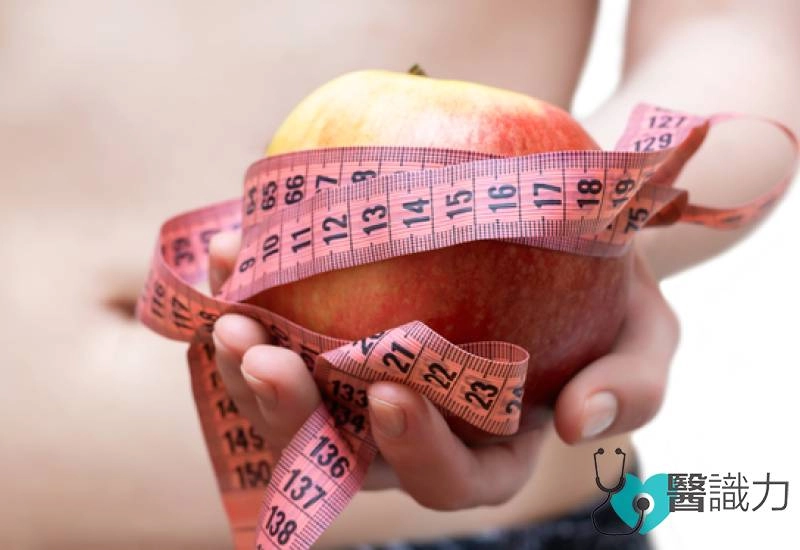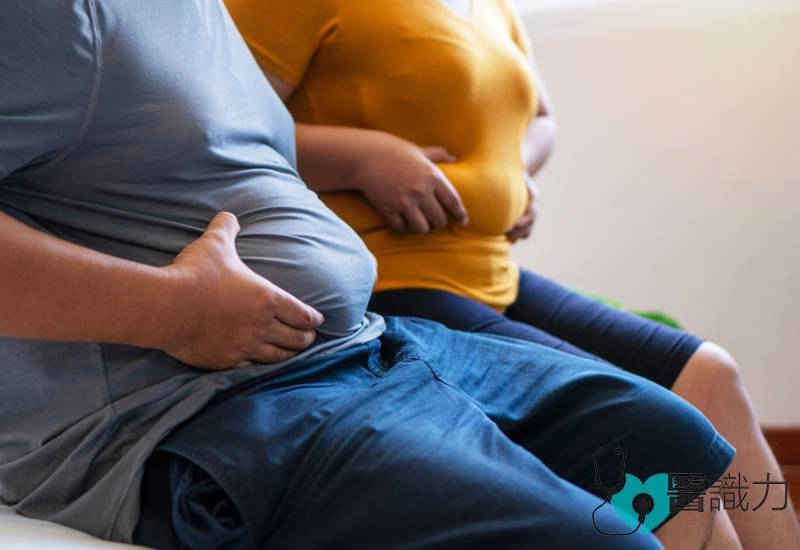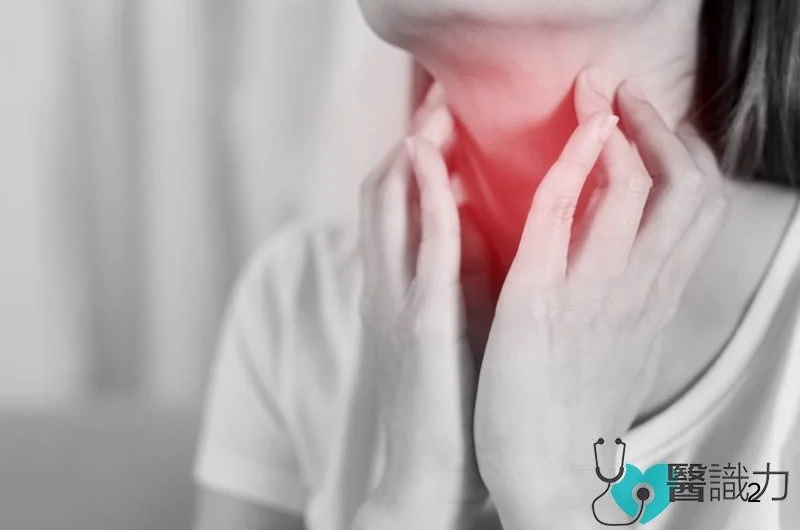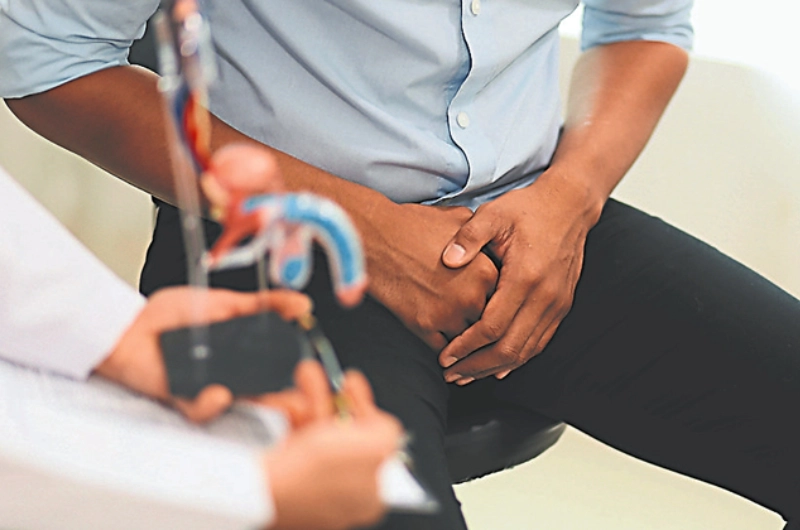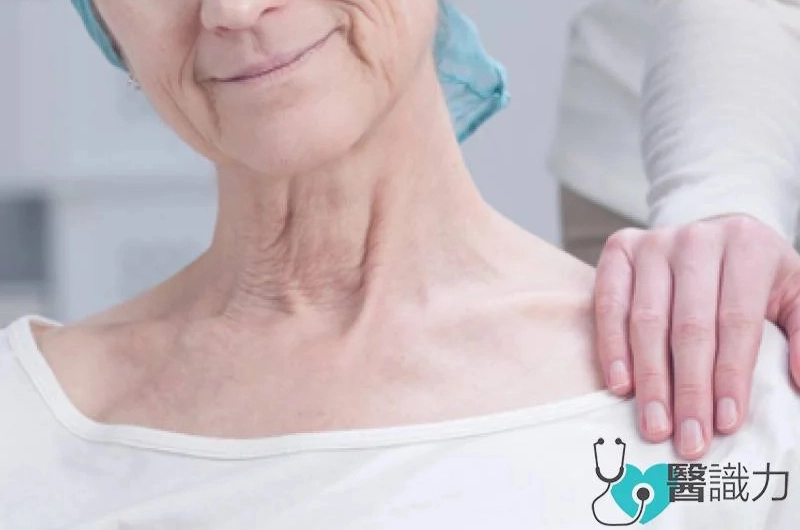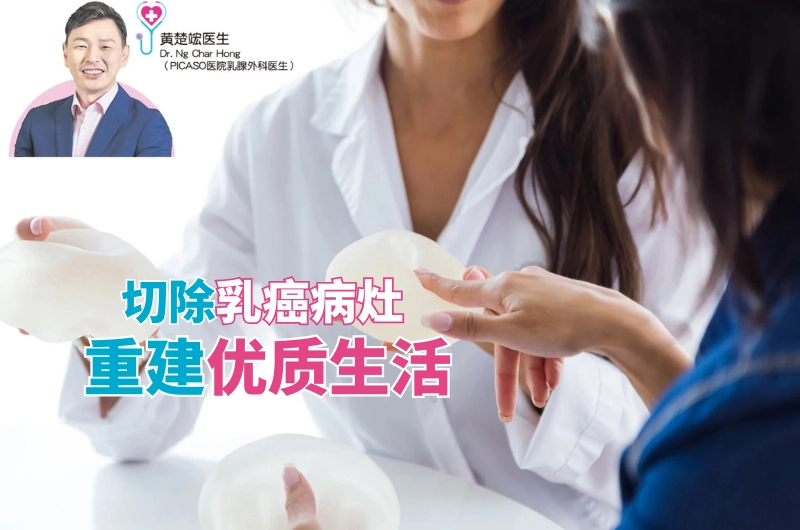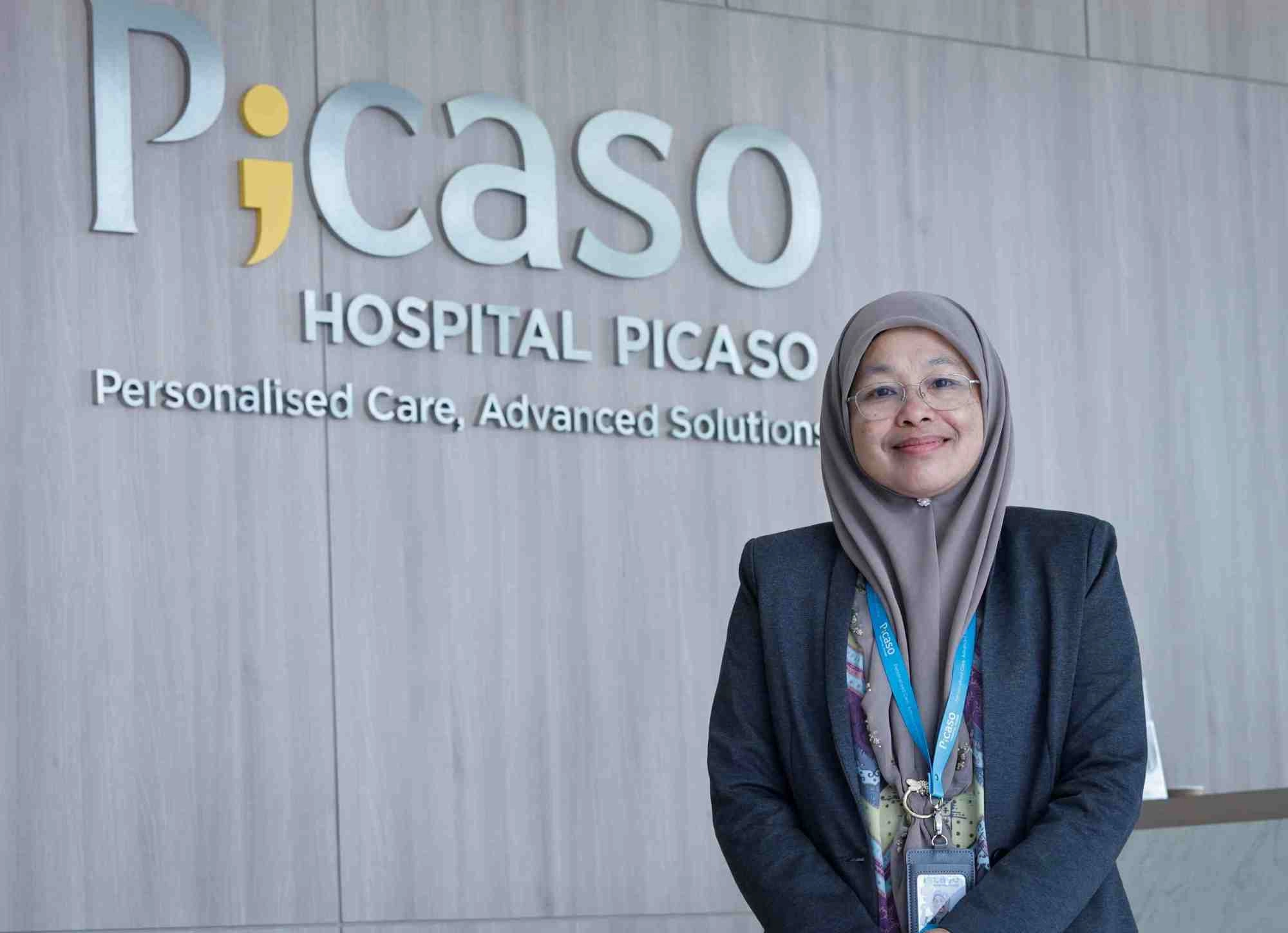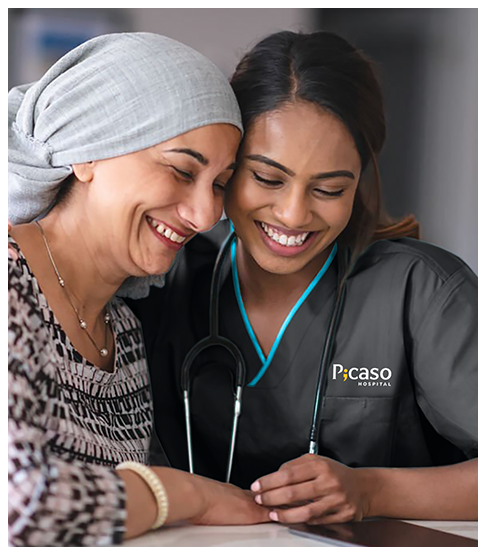I HAVE ENDOMETRIOSIS
December 22, 2024
IT’S that time of the month again.
You lie tightly bent in bed, unbearable pain and cramps tearing apart your abdomen.
Every month, it’s the same agony. Pain has been seared into your body, a dark spectre incessantly mocking you.
The endometrium lines the inner part of a woman’s womb (uterus).
When such tissue grows outside the uterus (often on the ovaries, fallopian tubes and other pelvic organs), this misplaced endometrial tissue continues to behave as it would normally: it thickens, breaks down and bleeds with each menstrual cycle.
Unlike the tissue inside the uterus that exits the body during menstruation, the blood and tissue from abnormal endometrial growths have nowhere to go, leading to inflammation, pain and the formation of scar tissue.
This is endometriosis.
According to consultant gynaecologist Dr Debbie Teh, endometriosis affects about 10% of women.
“However, I suspect that such numbers are both under-reported and under-diagnosed.
“Hence, the actual numbers should be higher,” she says.
The problem with endometriosis is that women often deem the symptoms as a “natural” consequence of menstruation.
This is probably a cultural phenomenon.
“‘It’s normal, everybody or a lot of people experience it’ is often the sentiment,” shares Dr Teh.
“I had a patient who came in for consultation about another problem. On examination, I found that she had an endometriotic cyst. “When I asked if she had any menstrual pain, she said yes, ‘I need painkillers for the pain, but my mum fainted from the pain, as well as my aunt. As I hadn’t fainted, I thought that’s normal’.”
 Endometriosis education andawareness is vital as this can lead to faster diagnosis as well asgreater empathy and support forpatients, Dr Teh points out.
Endometriosis education andawareness is vital as this can lead to faster diagnosis as well asgreater empathy and support forpatients, Dr Teh points out.
To suffer every month
How a woman experiences endometriosis can vary significantly from person to person.
For some, the pain can be so acute that it severely impacts daily living. Dr Teh says some of the more common symptoms include:
> Pelvic pain - The most common symptom and often correlates with the menstrual cycle.
> Pain with bowel movements or urination - This is often observed especially during menstrual periods.
> Pain during intercourse - Pain during or after sex is a frequent complaint.
Patients may experience heavy periods (menorrhagia) or bleeding between periods.
Less common symptoms include feeling bloated and general fatigue.
“Some women might suffer shooting pain down their thighs and legs (pelvic nerve involvement) when they are menstruating. We may see patients who cough up blood at that time of the month (lung involvement). We have seen patients who have chest pain only during menses.
“We have seen all sorts of symptoms and presentation.
‘Women should be wary about symptoms that show up only during menses.
“Of course, as time passes, the situation can become chronic, and they start to experience such symptoms consistently,” warns Dr Teh.
Understanding these symptoms is crucial for early diagnosis and treatment. Unfortunately, the average time to receive an endometriosis diagnosis is about eight years, she says, as many dismiss the symptoms as a normal part of menstruation.
Diagnosing endometriosis
“Medical textbooks state that the gold standard for diagnosis is laparoscopy.
“The problem is, not all doctors are trained to do laparoscopy.
“Secondly, if a patient comes to you with period pain and you suggest a laparoscopy for the sake of diagnosis, most women would not be agreeable to it,” notes Dr Teh. “Practically, diagnosis of endometriosis often involves a combination of pelvic exams, imaging tests (such as ultrasound or MRI), and sometimes laparoscopy.
“Now there’s also the option of a trans-vaginal scan which can pick up endometriosis quite accurately.
“It’s not just the routine trans- vaginal scan, but a deep infiltrative endometriosis scan that can pick up endometriosis quite accurately.”
Despite the availability of these tools, diagnosing endometriosis can be challenging. The lack of awareness surrounding the symptoms and the tendency to normalise menstrual pain can lead many individuals to suffer in silence.
This underscores the need for education and open communication about reproductive health.
Treating the disease
While there is currently no cure for endometriosis, various treatment options can help manage symptoms and improve quality of life. According to Dr Teh, the options available include:
> Pain management - While not recommended as a long-term solution, over-the-counter pain relievers such as NSAIDs can help alleviate mild to moderate pain, but they do not halt the progression of endometriosis.
For more severe pain, doctors may prescribe stronger medications.
> Hormonal therapy - Hormonal treatments aim to reduce or eliminate menstruation, thereby minimising the endometrial-like tissue growth and associated pain (hence the old saying in medical school that pregnancy “cures” endometriosis).
Options may include progestins, hormonal IUDs and GnRH agonists (which induce temporary menopause-like symptoms).
> Surgery - For some, especially those who wish to conceive, and those living with severe pain, surgical intervention may be necessary.
Laparoscopy and robotic surgery can be performed to remove endometriotic tissue, scar tissue and adhesion.
Severe disease may require surgery first, then medications to control the disease.
Yes, the disease can recur, but often the patient needs the surgery because of the pain, risk of malignancy and subfertility issues.
Long-term suppression with medications after surgery can see great outcomes, assures Dr Teh.
She stresses that the success of the chosen treatment is dependent on the compliance of the patient.
Treatment, aimed at disease control, is for the long term, like diabetes or hypertension.
There’s no cure per se.
Lifestyle changes and support
Dr Teh notes that genetics has a significant role in the disease.
“There’s more evidence that point to a significant genetic factor in predisposition to the disease.
“However, lifestyle factors can exacerbate the condition – the food we eat (containing phytoestrogens), supplements (endometriosis feeds on oestrogen, so any supplements with hormones can worsen things), stress, exercise or lack of it.
“Obesity is also a factor as women who have a higher percentage of fat in the body have higher levels of oestrogen.
“Hence, adopting a healthy lifestyle can also play a significant role in managing endometriosis.
“Regular exercise, a balanced diet, and stress management techniques can help alleviate some symptoms,” she advises.
If the disease is not managed well, complications may arise.
These include a small risk of malignancy, infertility due to damage to the fallopian tubes and ovaries, and other complications arising from distant, affected organs.
Awareness, empathy
“Endometriosis causes a lot of pain. It causes a lot of damage to organs it spreads to.
“Women shouldn’t have to suffer such pain every month – that’s every month until menopause!
“The pain can be so severe that they can’t get out of bed, can’t go to work, can’t go to school,” says Dr Teh.
Endometriosis affects marriages, work, school and life.
Endometriosis education and raising awareness is vital for faster diagnosis in order to start treatment as early as possible before the disease becomes more severe and complex.
The earlier the disease is diagnosed, the simpler the treatment can be, instead of requiring complex surgeries.
“Cultural factors influence how we view menstrual pain.
“Many consider such pain ‘normal’, and this hinders earlier diagnosis and treatment.
“Teenagers who just got their menses, they get cramps initially, but these should gradually decrease.
“Women in their 20s, 30s, 40s, who get period cramps – something is not right. They are no longer in their teenage years,” observes Dr Teh.
“An important red flag: your symptoms affect quality of life.
“You need medical certificates to get off work, you need painkillers to control the pain, you can’t get to work or go to school.
“Get that pain assessed, at least once.”
We, as a society, can empower individuals affected by endometriosis to seek help, find community support, and navigate their journey with dignity and resilience. To do that, we should have a basic understanding of the disease, and the empathy to understand what a woman goes through when she suffers from endometriosis.
The Endometriosis Association of Malaysia helps provide peer support and general awareness on endometriosis. Do not hesitate to reach out to them for info and support at https://myendosis.org.
Reference



